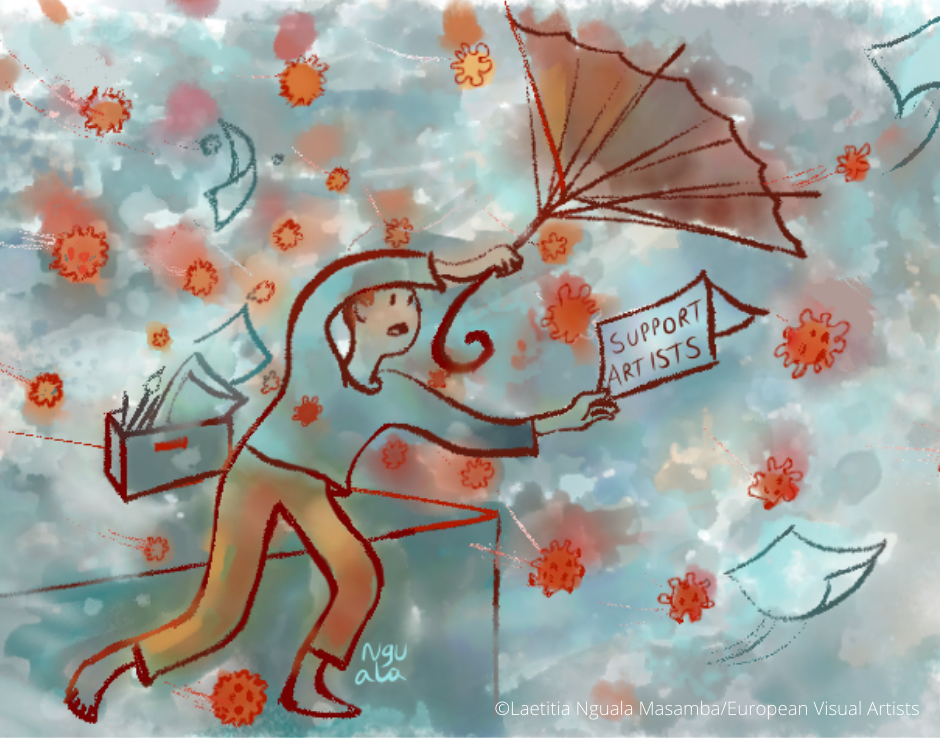
EU VISUAL ART SECTOR SUFFERS -38% LOSS DUE TO COVID-19, STUDY SAYS
Brussels, 26 January 2021
According to a EY Study published today, the Visual Arts sector has the largest turnover among the EU’s Cultural and Creative Industries (CCIs) but is set to suffer a -38% loss in turnover in 2020 compared to 2019 (-53 billion euros).
As the measures to tackle the pandemic were adopted throughout Europe, the primary physical venues for visual artists’ business (museums, art fairs, art galleries, auction houses etc) have been the first to be closed and the last ones to be re-opened. The immediate consequence of this was for visual artists’ economic activities to be greatly reduced if not completely halted, resulting in high economic, visibility and opportunity loss for the whole 2020. Among CCIs in the EU, visual arts suffered the biggest loss in absolute terms: -53 billion euros compared to 2019. In 2020 the shift of visual art consumption towards online sites was accelerated, but as it is the case for other art sectors, the online revenues is not enough to offset the loss of the correspondent offline revenues, especially taking into account the higher risk of piracy and unauthorised uses. This is worrying even more as, according to the study, 1 out of 8 museums in the EU may never reopen and in France alone, 1 out of 3 art galleries are projected not to reopen either.
Despite the sectors’ employment growth in the past years and counting 1,890,000 jobs in 2019, many visual artists may now give up on their activity. EVA calls for urgent financial support to the sector both at EU and national levels to preserve these jobs and avert a disastrous impact on Europe’s cultural contents and diversity.
Vincent van den Eijnde, EVA’s president and CEO of Pictoright (Dutch visual CMO), stated: «Confronted to a dire situation, it is fundamental to ensure that visual artists are eligible for economic support and that a sound legal framework protects the use of their works online. Online uses are at high risk of being abused and deal yet another fatal economic damage to the artists’ business. Despite the persistent need for the artists’ copyright to be more consistently respected and fairly remunerated, the visual sector had been performing well in terms of jobs and turnover before the Covid-19, which makes it a strong asset to invest in and leverage for Europe’s economic recovery. Many visual artists made their performances online to help people with art and creativity through the lockdowns. It is now time to help artists».
